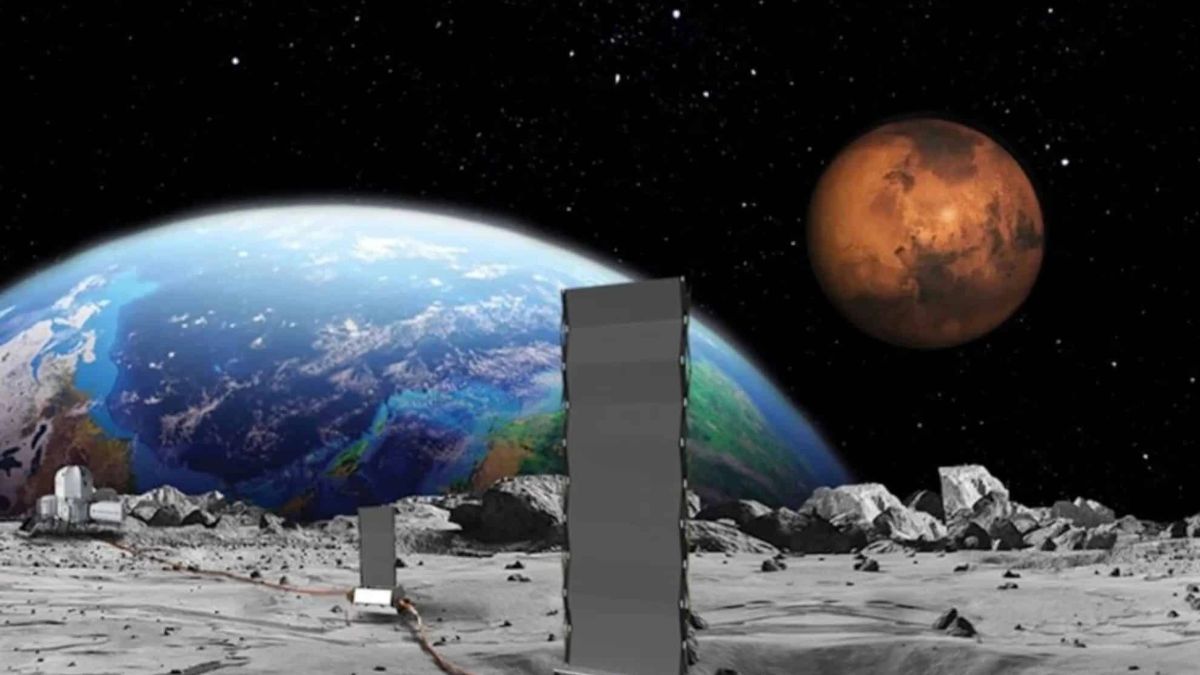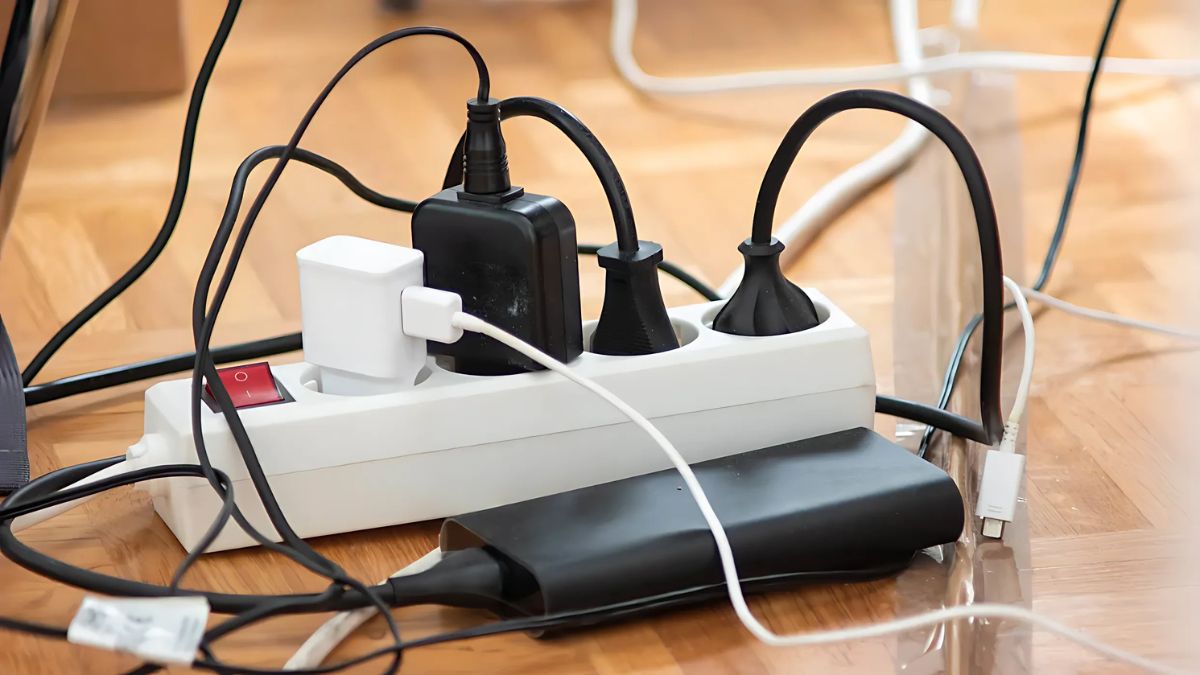Who hasn’t heard wild theories about NASA? The truth is, this space agency is full of bold ideas—and some of them are becoming very real, very fast. One of NASA’s latest plans sounds straight out of a science-fiction movie: building a nuclear reactor on the Moon. But this isn’t just about powering space gadgets—it’s about securing the future of lunar exploration and staying ahead in the growing space race against China and Russia.
Here’s everything you need to know about this game-changing project.
Power
Let’s start with why this is such a big deal. A night on the Moon lasts 14 Earth days. That’s two weeks of darkness and freezing cold—conditions that make it almost impossible to maintain human bases without a consistent power source.
NASA’s solution? A fission surface power (FSP) system. This type of compact nuclear reactor could provide at least 100 kilowatts of electricity, enough to power around 80 homes on Earth. On the Moon, it would be enough to run habitats, labs, life-support systems, and communications—everything astronauts need to live and work long-term.
Progress
NASA has been laying the groundwork since 2022, when it funded several private companies with $5 million to design these lunar reactors. Now, the agency wants to speed things up: double the energy output and move from design to construction in under five years.
That means shifting from theory to real-world application. No more waiting around—this project is now a top priority.
Race
Why the urgency? Because other countries are eyeing the Moon too. China and Russia have already announced plans to build their own bases and also rely on nuclear power to do so. There’s growing concern in Washington that these nations could create “exclusion zones”—essentially blocking off parts of the Moon from other countries.
To prevent this, the U.S. has boosted its space budget and placed advanced nuclear technology at the core of its space and defense strategy. This isn’t just about exploration anymore—it’s about geopolitics.
Leader
At the heart of this mission is Sean Duffy, NASA’s acting administrator and former TV host. Despite being in a temporary role, he’s playing a key part in pushing the nuclear reactor plan forward.
His take is simple: “We’re in a race to the Moon against China. We can’t fall behind.” His leadership reflects the rising pressure among space-faring nations to claim influence beyond Earth.
Future
This project is part of something even bigger. The plan goes well beyond the Moon and includes:
- Retiring the International Space Station (ISS) by 2030
- Creating new space stations with international partners
- Using the Moon as a launch platform for Mars missions and deeper space exploration
In this vision, the Moon becomes a kind of staging ground—one that needs reliable energy to support human life and future launches.
Meaning
Building a nuclear reactor on the Moon is more than just an engineering challenge. It’s a powerful message: the U.S. intends to lead the next era of space exploration.
NASA’s announcement marks a turning point, not only in space technology but also in how countries compete for control and resources far beyond Earth’s surface. With China and Russia moving forward quickly, the U.S. is making its move to stay on top.
It might sound like something from a movie, but this is real—and it’s already in motion. Now, we just wait to see if NASA can deliver.
FAQs
Why is NASA building a reactor on the Moon?
To power future lunar bases during 14-day Moon nights.
How much power will the reactor generate?
At least 100 kilowatts—enough for about 80 homes on Earth.
Is this related to competition with China?
Yes, the U.S. aims to stay ahead in the new space race.
Who is leading the project at NASA?
Acting Administrator Sean Duffy is pushing it forward.
When will the reactor be built?
NASA aims to complete construction in under 5 years.



















